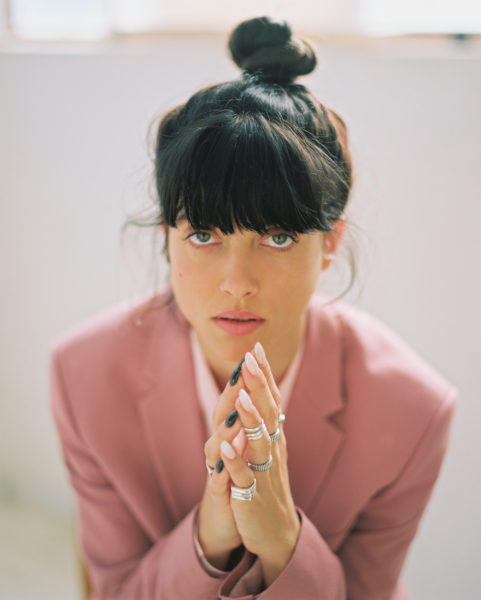Calling from her home in Tel Aviv, Noga Erez picks up my video call. The singer tells me she had a crazy day. “You know how it is in our time when you plan things and then they all fall apart? I had a day like that today. But I guess we are kind of getting used to it, to making plans and knowing they are just not going to happen,” the musician explains. And yes, that is a feeling that we are all familiar with these days.
Not Off the Radar Anymore
Luckily the long and exhausting days are also followed by brighter and more productive days. Over the past year, Noga Erez found the time to mold the songs, most of which were already done before the pandemic hit, into her sophomore record. Since Off the Radar, the artist’s sound has changed to a more confident and danceable version of the previous album. “I haven’t quite understood how much my sound had changed until I started talking about it to people who write about music. Obviously, I went through so much as a person over the years and so many amazing and shitty things have happened. The kind of things that you go through from the age of 25-27 are so different than the things you go through from the age of 27-30 – everything seems happier and crazier, but also sadder and darker.”
“If I evolved anywhere it was to the sides. Every emotion got stronger since the last record.”
Beauty and Destruction
Growth, future, and past are themes that the new record also deals with. KIDS, as all of Noga Erez’s output, is a political album at its core because, in our times, the singer says, everything is political and if you decidedly make something non-political, that makes it political. Songs like the anti-war anthem Fire Kites reflect that. Another prevailing theme on the record is generations and how things are being passed on. The opener to the record, the ten-second opener KTD is a reflection on the relationship between a parent and a child, as well as the rest of the album, which features snippets of her mother speaking.
“These are songs about what we inherit from past generations, how we pass things on. How this game of evolution of our culture and humanity is very much in our hands. We were all somewhat a blank page at some point. KIDS talks about humanity’s potential for both beauty and destruction.”
Musical Inheritance

Photo by Dudi Hasson
“It is really cool to also connect that theme to the musical side of it”, Noga says when I ask her about the things from the past generation she still draws from musically. “What we inherit from home and our cultures, has such a huge impact when it comes to music.” For the singer from Israel that plays a special role; She makes music in English and it is being played internationally but sometimes gets confronted with people wondering whether it is supposed to sound like it is from Israel – whatever that means.
“I grew up in a home where the influences were just as much from Israeli music as from music from all over the world; classical music, Jazz, the Beatles.”
Another thing that comes to mind when we talk about how music is being passed on from generation to generation is the way the recording medium changed that. We all remember the music our parents listened to from the vinyl, cassettes, or CDs they played. “When you look at music history, music was not being recorded for a long time. It actually used to be passed on from one generation to the other for a much longer time than it has been recorded.”
Generational Touch
Not having the possibility to record music, to put on a vinyl, to playback a guitar riff in the songwriting process, to loop, and layer, to create with digital elements, or to turn to your headphones for a short walk to the supermarket – seems like a different world to many of us. The technical possibility to record sounds opened up a whole new path on which music was allowed to evolve into all kinds of directions and spread across the globe.
“The fact that we can listen to music that has been recorded a hundred years ago allows us to go deeper into the roots of where music came from. But what is lost, I think, is the generational touch. When people used to forward information from one generation to another through oral communication – this also applies for history – it would always get a little tweak on what it originally sounded like.”
Possibility of Technology
Back then, there was no original version of a song. Each singer and each musician played the music shaping it with their creative vision and personal means. What one person hears can differ completely from what another person pays attention to in one song – just compare your taste of music to that of a friend’s. “One story and one song can have so many different versions depending on who is telling it and who it is being told to. But I feel in the recording process some interpretation was probably lost.”
As an artist who works mainly digitally, creating, producing, looping, layering, and cutting down, Noga Erez is completely “mind blown” when she thinks about the amazing technologies that allow us to record sound. Having the opportunity to record material also gives a different perspective on the music created. At any time, you can go back and listen to what you created in the reality that you lived in four years ago.
Finding Relevance
Don’t you know that feeling as well? You find a song that you used to love but somehow it does not resonate anymore? The recorded music remains in a somewhat static environment, which can sometimes be alienating from it because life is never static. “I feel like for the open process of creation we used to have live shows”, Noga says when I ask about the environment her old music remained in. “Especially when you have a label and deadlines, the creative process is always being cut. There is no such thing as perfecting art, it can never be perfect, it can only be right for that specific situation and then you move forward and with time things can lose their relevance.”
“During live shows that relevance was something that we could feel again and recreate and play with onstage. That is one big element that is missing to us musicians at the moment – the ability to have those songs coming alive again in other forms than the recorded version.”
Organic Creation
In Noga Erez’s writing process live shows play a huge role. “Whenever I write something I liked, I would try it on the audience. Most of this album was written that way. When we were touring, we kept checking out new stuff and that was a huge part of our creative process.” Live shows just have that organic way of creating in connection with the audience, reacting to the environment, to the vibes, and the people around you.
It opens up the music to individual experience in a whole different way than listening to the static recorded versions over headphones. At a concert your presence shapes the way the music sounds and the way the musicians play – ideally you feel like you are part of a shared experience in a dialogue between the artists and the listeners.
Ripple Effect
After our little discourse into music history and meditation on how we perceive music today, Noga and I took a look at the future. What is something that you would like to pass on to the next generation? Noga laughs at the seriousness of the question and admits that she is not quite sure yet if she has figured that out yet. “One thing that taught me a lot while making KIDS, and that lead to us even thinking about the topic, was that my life partner Ori Rousso’s mother passed away. When someone’s presence in life is so strong and they leave you can really see what they left behind.”
The crazy thing, Noga realizes, is that we pass on things to the next generation without thinking about it. “We take things for granted instead of thinking how they influence, and how we pass them on to our environment.”
“I am not only talking about having kids. I have a community, friends, people around me and that shows me a lot about how even small actions within small circles can have such a huge effect. The small scale and the large scale are connected. As human beings, we hold so much responsibility and that should be something we think about for sure.”
Responsibility and Control

Photo by Dudi Hasson
Thinking about how our behavior affects future generations is important and drives discussions around climate issues and social changes. But when it comes to music and art, the way things are being passed on is partly removed from our control. The music from the past, especially today via the internet and streaming platforms, is available at, and in the end, it is us who choose what we keep alive and what we don’t. Musically we pick out the things we like, and we do not like.
“That is an interesting take you had on it,” Noga replies. “I am talking about taking responsibility for something, taking control of it, but eventually, we do not really have control of what you leave behind. Or not so much of what you leave behind – that you can control – but what the next generation takes with them.”
Musical Nostalgia
That leads me right to my last question regarding the relationship between generations. Is there something that you would like to bring back from the past generation that got lost along the way? Noga takes a moment and then goes on to tell me about the last year, which was a really nostalgic one for the singer – music-wise. “I listened to a lot of things I used to listen to when I was younger, songs from Ella Fitzgerald and Nancy Sinatra for example. Technology has made it easy to make music yourself. What I miss is the beautiful orchestration that those songs still had,” she muses.
The live instruments and the vocals, sometimes in huge choir arrangements, gave the songs a warm sound. Where people used to have to invite whole string bands into their studio to have a string section on a track, today it can be mixed digitally with a few clicks. That also has its beauty, Noga Erez explains, and that is the way she works too. And while technology allowed wider access to music-making even with little financial backing, the rich sound of the collaboration of several artists in one room got lost.
Dialogue Between Musicians
It is the conversation that is sometimes lacking in modern music. If you wanted to work with a string section back in the day, you had to invite musicians and artists into your cosmos and with them, their creative visions. If they came from a different genre, a different discourse might be sparked that might take the music, the final output into a different direction, enriching it with multiple facets. But the computer-generated music-making process can be done in solitude.
“The most interesting thing about that – having everything on your computer – is that your options are limitless. I do not work great without limitations and I feel like that does something to the music that is not good. That is why I try to create my own limitations like a song is not allowed to have more than fifty channels. When you have a room and musicians in comparison to that, there are limitations simply because there are only so many musicians in the room and they can only play at a certain speed.”
The beauty of KIDS is that it does not sound like a record with limitations. It shifts from RnB to Hip Hop to danceable Pop tracks but within each song, the musician worked with restraints to crystalize the essence of the music. The layers have a system, they fall into place, and they do not overstimulate – a trap a lot of modern music falls victim to. Noga Erez has a musical vision and pursues it with each song she releases. Mirroring her radiant persona, the music output is addictive not just because of the well-done arrangements, but also because the punchy tracks make for an immediate confidence boost while simultaneously raising important questions about how we interact as human beings.
KIDS will be released on March 26th via City Slang.



